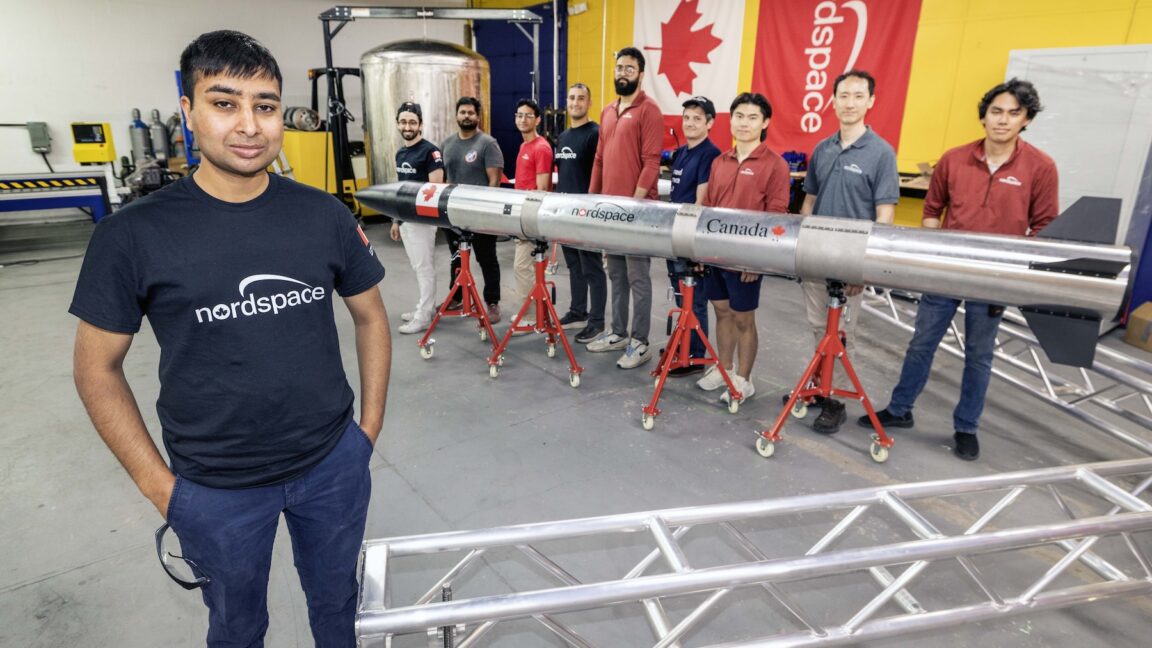
10 000 generations of hominins used the Recent archaeological discoveries in Kenya reveal that ancient hominins utilized the same stone tool technology for an astonishing 10,000 generations, demonstrating remarkable cultural continuity amid significant environmental changes.
10 000 generations of hominins used the
Significant Discoveries at Nomorotukunan
At a site known as Nomorotukunan in Kenya, archaeologists have uncovered layers of stone tools that span an impressive 300,000 years, including a period marked by intense environmental upheaval. The oldest tools found at this site date back to approximately 2.75 million years ago, making them some of the earliest examples of stone tool technology. This discovery has been detailed in a recent study led by David Braun, an archaeologist from George Washington University, and his team.
The tools unearthed at Nomorotukunan are classified as Oldowan tools, which are recognized as the earliest types of sharp-edged stone tools created by hominins. These artifacts are significant not only for their age but also for what they reveal about the technological practices of our ancestors. Only three other Oldowan sites in Africa have been found to date further back than 2.6 million years, underscoring the importance of the Nomorotukunan site in understanding early hominin behavior.
The Oldowan Tool Tradition
The Oldowan tool tradition represents a pivotal moment in human evolution. These hand-sized chunks of river rock, with flakes chipped off one or two sides to create sharp edges, served as cutting-edge technology for nearly 1.2 million years, from around 2.9 million years ago until approximately 1.7 million years ago. This extensive time frame encompasses several hominin species and multiple genera, illustrating a remarkable consistency in tool-making practices.
Interestingly, the last hominins to utilize Oldowan tools likely looked and behaved quite differently from the first users. This raises intriguing questions about the relationship between the tools and the hominins who employed them. As environmental conditions evolved, the tools themselves changed very little, suggesting that these artifacts were a reliable anchor for ancient hominins navigating a changing world.
Environmental Context and Implications
The period during which these tools were used was characterized by significant environmental fluctuations. As climates shifted and ecosystems transformed, the ability to rely on a consistent tool-making tradition would have been crucial for survival. The Oldowan tools provided hominins with the means to process food, defend themselves, and adapt to new challenges posed by their surroundings.
Archaeological evidence indicates that the landscape in which these hominins lived underwent dramatic changes. For example, shifts in climate could have altered the availability of resources, forcing early humans to adapt their hunting and gathering strategies. The continuity of the Oldowan tool tradition suggests that, despite these challenges, hominins found a reliable solution in their tool-making practices.
Cultural Continuity Over Millennia
The findings from Nomorotukunan highlight an extraordinary story of cultural continuity. Over the course of 10,000 generations, hominins maintained a consistent approach to tool-making, which speaks to the importance of tradition in human evolution. This cultural continuity may have provided a sense of stability and identity for early human communities, even as they faced the uncertainties of a changing environment.
David Braun emphasizes the significance of this continuity in his research, stating, “The Oldowan tools represent a stable technology that allowed hominins to thrive in a variety of ecological contexts.” This perspective underscores the adaptability of early humans and their ability to leverage existing technologies to navigate challenges.
Comparative Analysis with Other Tool Traditions
When examining the Oldowan tool tradition, it is essential to consider it in the context of other stone tool technologies that emerged later, such as the Acheulean and Mousterian traditions. The Acheulean tools, which followed the Oldowan, are characterized by more advanced bifacial hand axes and cleavers. This evolution in tool-making reflects the increasing complexity of hominin societies and their growing cognitive abilities.
While the Oldowan tools were relatively simple, they laid the groundwork for subsequent innovations. The transition from Oldowan to Acheulean tools marks a significant leap in technological sophistication, indicating that early hominins were capable of developing more specialized tools as their needs evolved. However, the longevity of the Oldowan tradition serves as a reminder that foundational technologies can endure even as societies progress.
Stakeholder Reactions and Future Research
The discovery at Nomorotukunan has garnered attention from the archaeological community and beyond. Researchers are excited about the implications of these findings for our understanding of human evolution and cultural development. The ability of hominins to maintain a consistent tool-making tradition over such an extended period raises questions about the cognitive and social structures of these early communities.
Future research at the Nomorotukunan site is expected to focus on further excavations and analyses of the artifacts. Archaeologists hope to uncover additional layers of sediment that may provide insights into the environmental conditions during the time these tools were in use. By studying the context in which these tools were found, researchers can gain a deeper understanding of how hominins adapted to their surroundings.
Conclusion: The Legacy of Oldowan Tools
The findings from Nomorotukunan offer a fascinating glimpse into the lives of our ancient ancestors. The Oldowan tools not only represent a technological achievement but also serve as a testament to the resilience and adaptability of hominins in the face of environmental challenges. As researchers continue to explore this site and others like it, we can expect to learn more about the intricate relationship between technology, culture, and survival in human history.
In a world where change is constant, the story of the Oldowan tools reminds us of the enduring legacy of human innovation and the importance of cultural continuity in navigating the complexities of life.
Source: Original report
Was this helpful?
Last Modified: November 8, 2025 at 12:36 am
2 views















